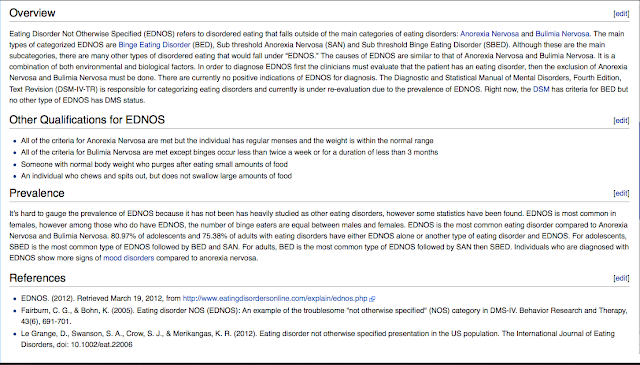 |
| Reference 1. Social Media |
Throughout the semester in ALES 204, I have learned so much in the field of social media and professional communication. As a young, somewhat tech savvy university student, I thought I knew my way around the online world but this class gave me a better idea of the different types of social media and it changed my opinion on many of them. For example, before this class I was very anti-Twitter; it seemed self-indulgent and unnecessary. However, in the first few weeks of ALES 204, I quickly realized the useful purposes of Twitter and how much easier it made connecting with the class. I had immediate updates from our professor and could read how other students in the class interpreted certain lectures or labs. There was an article (Johnson, 2009) I read that discussed similar skepticism regarding Twitter. He soon realized how important and innovative it was when he attended a conference and everyone was tweeting so that others who were not invited could know what was going on. This article somewhat parallels my experience with Twitter. I was against it at first, however when ALES 204 taught me how it can be used to share information, I quickly changed my mind. This is only one of many things I have discovered through this class and I am excited to learn more on my own.
My favourite assignment for this class would have to be the Wikipedia assignment. I have always used Wikipedia and always wondered what it would be like to create or update a page. This assignment allowed me to explore the site that I used frequently and understand how few pages would receive "good article status." I enjoyed researching the topic of my choice (EDNOS) because eating disorders have always interested me and I was shocked to see the limited amount of information on the Wikipedia page. It was fun to research and create the Wikipedia page and then also reflect on the experience in my blog. Although this was the most enjoyable assignment for me, the most useful thing I learned in ALES 204 would be the Pecha Kucha style of presenting. This innovative and simple form of presenting information is something that I can use in the future with school or work. It reminded me that long, dry and heavily worded power points are quite ineffective and the best way to catch someone's attention is to have simple slides that are engaging and thought provoking.
Reading other students blogs throughout the semester has really helped me understand concepts better and see them from different perspectives. For my final blog comment I was reading Lindsay Gervais' blog and I appreciated her message about this generation being more careful about how we conduct ourselves online. We tend to forget that what is said on the internet stays on the internet and that one inappropriate tweet may cost you a job. I think that taking a course similar to ALES 204 should be mandatory in university to give students tools for appropriate and professional online behavior. I have commented on four other blogs besides Linday's because I felt that these ones caught my attention and triggered critical thinking:
To conclude, I have learned so many valuable tools in ALES 204 that I can carry on to the future. I am able to communicate better, more efficiently and more professionally.
References:
1. Social Media (Digital Image). 2012. Retrieved on April 12, 2012 from http://www.youneedwebtraffic.com/social-media/
2. Johnson, S., (2009, June 5). How Twitter Will Change the World. Time Magazine. Retrieved from http://www.time.com/time/magazine
2. Johnson, S., (2009, June 5). How Twitter Will Change the World. Time Magazine. Retrieved from http://www.time.com/time/magazine


